This week the World Cup circus rolls back into the Swiss city of Chur for the first Big Air event of the 24/25 season. With the qualifying process underway for the 2026 Olympics, this promises to be a compelling year of contests.
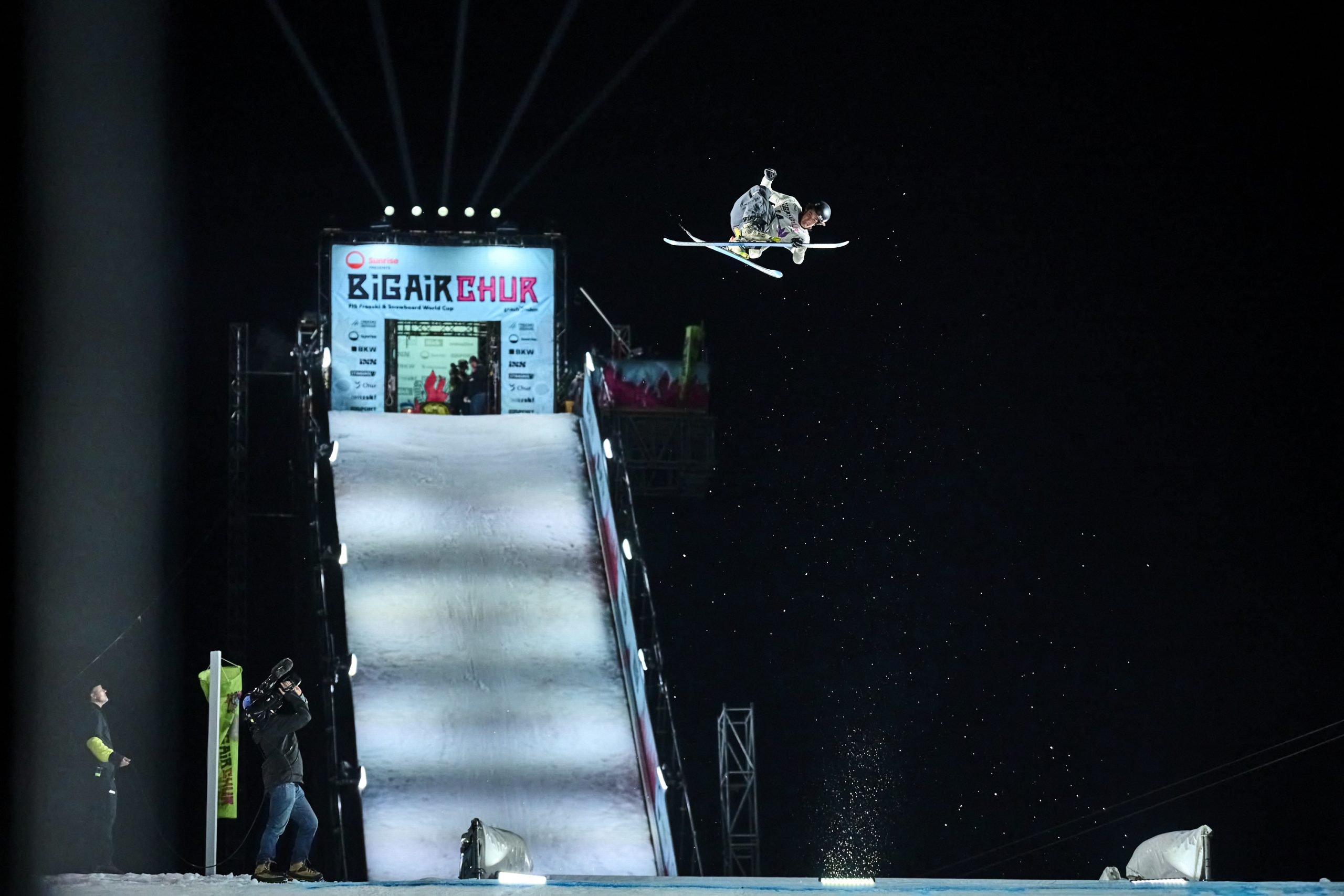
Event News
Big Air is back
World Cup Big Air season kicks off this week in Chur
Last season was one of the most exciting in recent memory in Big Air competition. There was a Big Bang moment where the sport diverged, as riders began pushing the sport in two conflicting directions: big spins versus rotation-blocking bringbacks. With massive rotations of 1980 degrees and beyond, riders like Miro Tabanelli, Edouard Therriault and Troy Podmilsak pushed the boundaries of what’s physically possible on these jumps, while others—most notably Alex Hall—concentrated on physics-defying bringback rotations that involve “locking” or pulling back a rotation by 180 degrees or more.
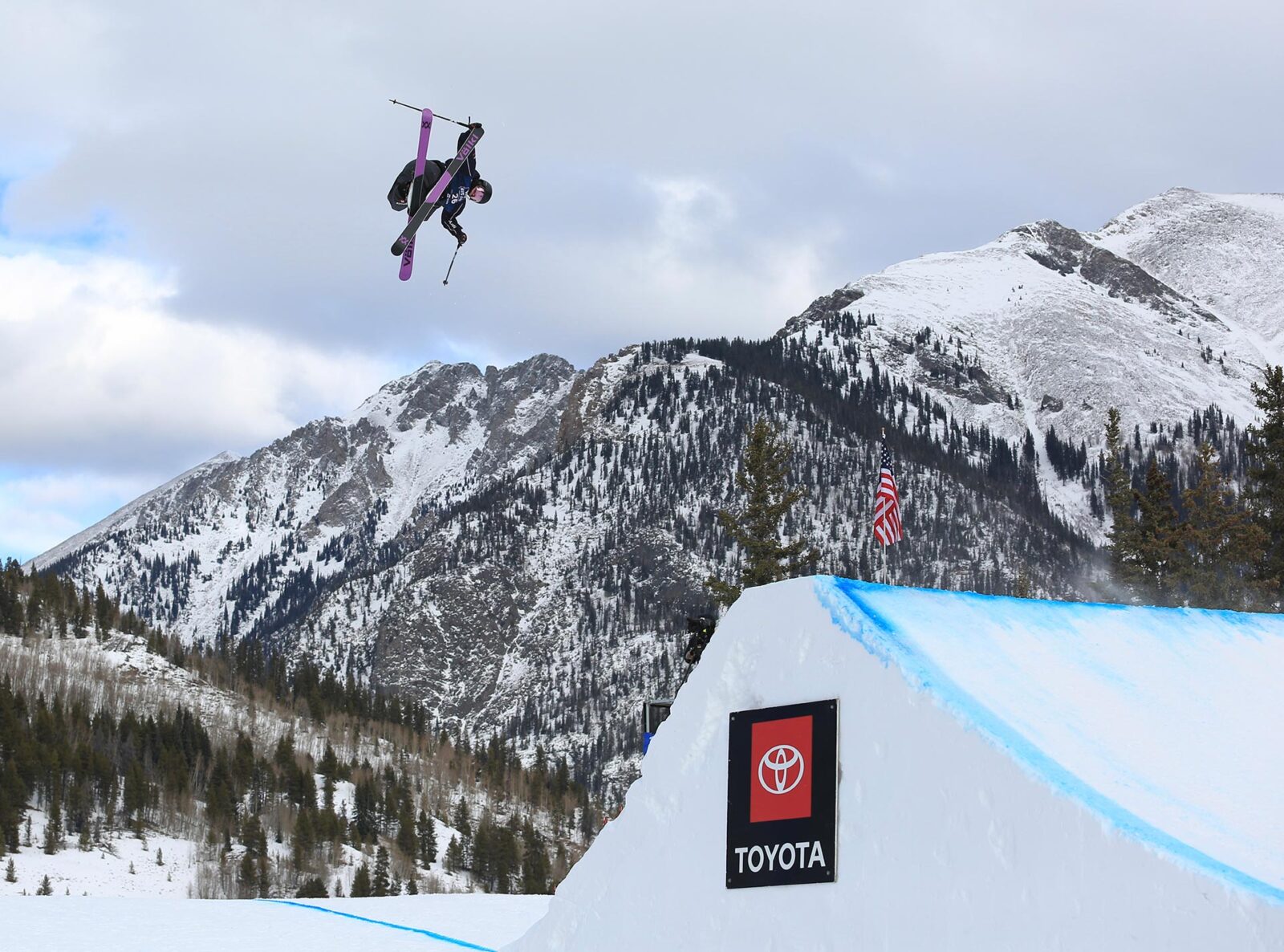
Nowhere was this disparity more evident than at last year’s Big Air event in Beijing, where the divergence brought the judging process into the spotlight. The competing trends thrust some incredibly difficult and polarizing decisions onto the judges, in real time, with the future of the sport hanging in the balance. In Beijing, A-Hall’s progressive bringbrack and switch tail butter ended up winning the day, but the big-spinners weren’t far behind.

The result has been some really interesting conversations between riders and judges. The feedback given to the judges is that pull-backs are easier the more flippy a rotation is; for example, Jesper Tjäder’s switch double cork 720 bringback. Tricks with more of a spinning element make it much harder to arrest the rotation, like A-Hall’s double cork 900. Therefore, the latter can and should be rewarded and compared in difficulty to bigger spins.
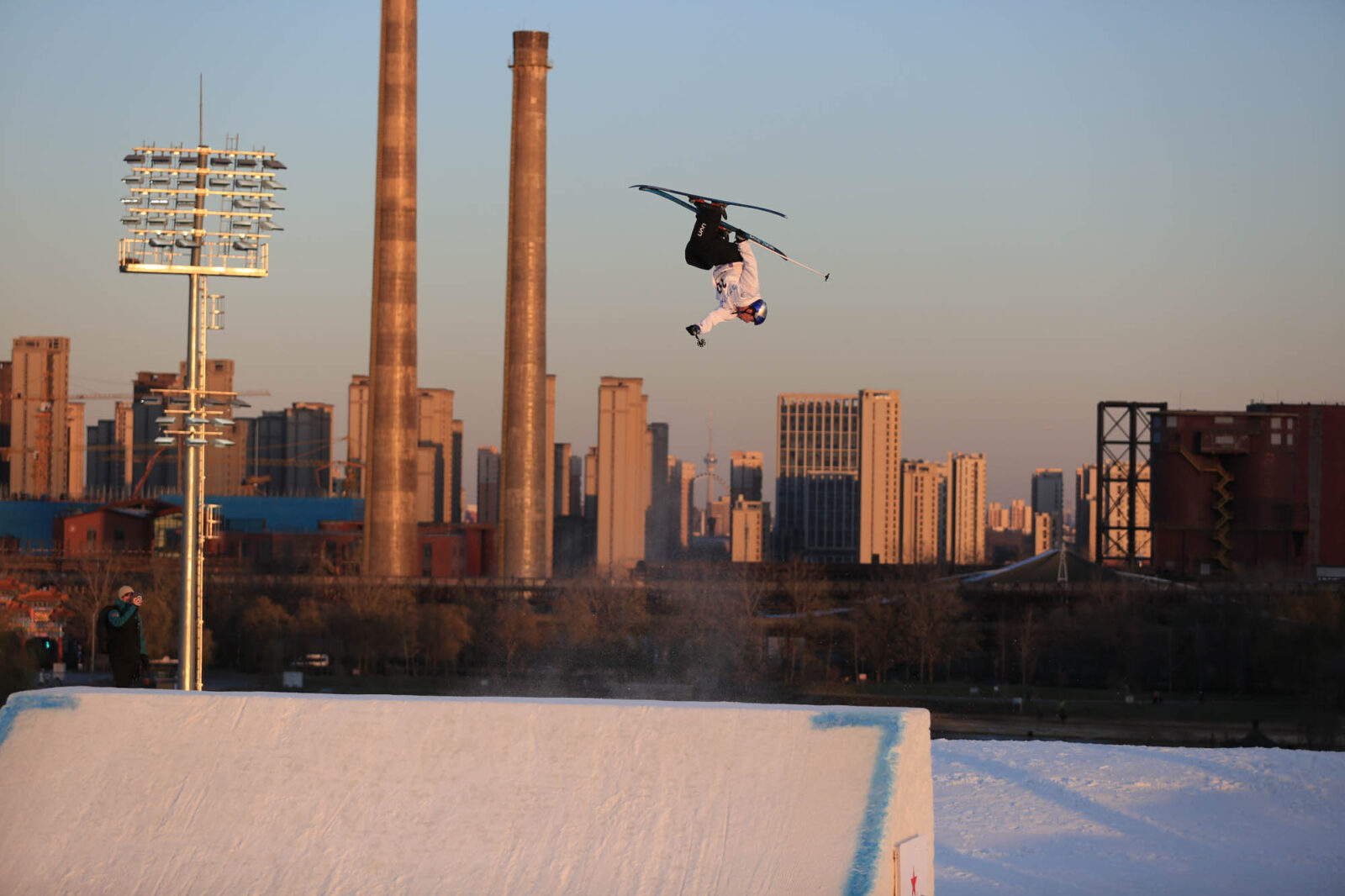
The conversation becomes less clear when it comes to tricks like Matej Svancer’s Baron Flip or Elias Syrjä’s switch tail butter pretzel cork 360 (which are hard enough to describe, let alone do). These are physics-bending rotations that riders have said are as hard as 2160s and certainly as scary, and therefore need to be rewarded accordingly by the judges. That day in Beijing, Matej’s Baron Flip was awarded the equal highest score of the final, matching a switch 1800.
These bringbacks and smaller rotations are now being directly compared to bigger spins, and rightly so. However, by their nature, they are highly scrutinized when it comes to how they are executed: judges can spot easily a short grab, an ugly body shape or a shuffled landing during these tricks. It is also agreed that initiating the bringback by waving your arms and twisting out of the rotation, like a cat out of a window, is not a desirable direction for the sport. Therefore there is a risk versus reward element to these tricks. Done perfectly they could be the most difficult, most progressive trick of the day. However, if poorly executed, they can look unattractive and the low degree of rotations decreases the difficulty. It will be interesting going forward to see how mistakes during 1980s are evaluated against comparable errors during 900s or 180s. Should it be the judges responsibility to apply the criteria equally across both categories of trick?
Freeskiing's judging criteria is set up in order to allow and reward something new and creative, meaning the sport can progress in whichever direction the riders want.
Judges now need to evaluate, based on the existing criteria, whether a 180 is “better” than a 1980. This dilemma is incredibly exciting for the sport and possibly slightly unique – these discussions are not being had in the world of gymnastics or ski aerials. Freeskiing’s judging criteria is set up in order to allow and reward something new and creative, meaning the sport can progress in whichever direction the riders want. This is what makes it so gripping, and this freedom to innovate should be protected at all cost.
It is going to be very exciting to see what direction this Big Air season will take.
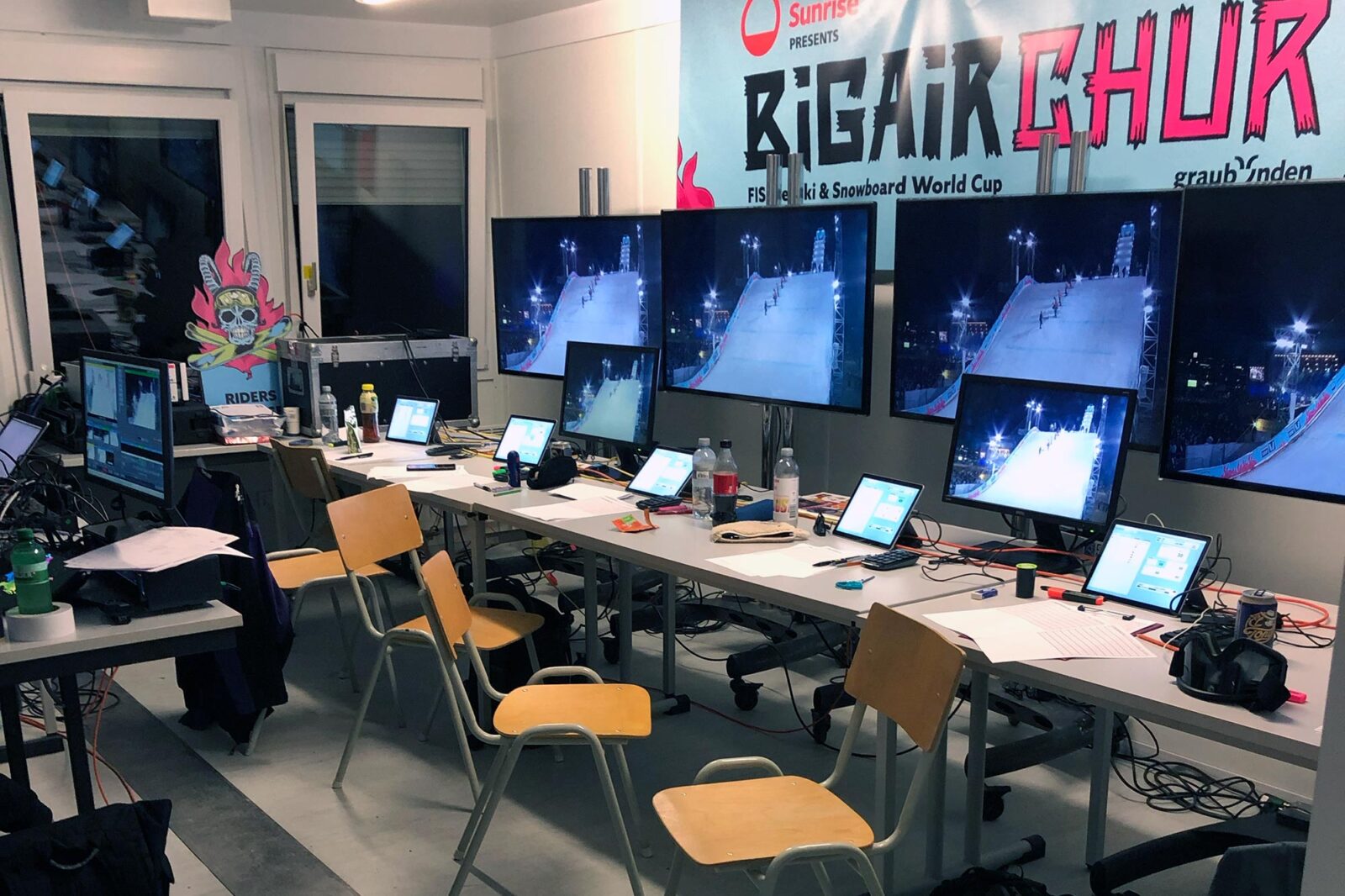
Last Year at Chur
The finals were canceled last year due to torrential rain and fierce wind. The results from qualifications were taken instead, producing some surprising results. Dylan Deschamps took his first World Cup win with a switch double cork 1620 mute, joined on the podium by Dani Bacher and Birk Rudd. The women’s results were less surprising, with home-favorite Mathilde Gremaud taking the top spot with a double cork 1260 safety. She was joined on the podium by Tess Ledeux and Sarah Hoefflin. The list of riders that advanced to the finals was mouthwatering and it was a real disappointment not to see them battle it out. The prospect of good weather this week adds to the anticipation of getting a first look at what everyone has been cooking up over the summer.
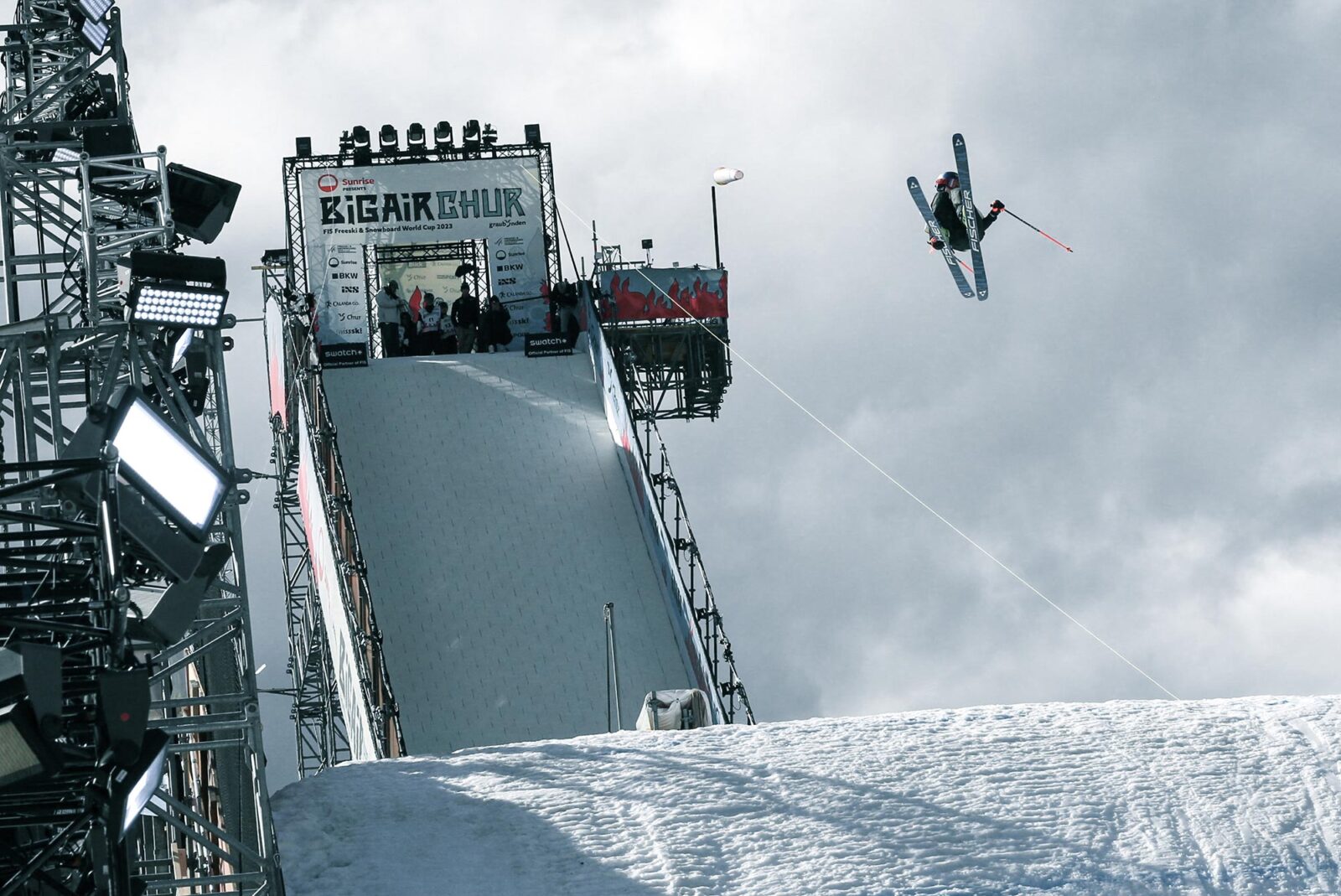
Whispers on the Grapevine
In the age of airbags, secret training camps and unreleased clips, it’s hard to predict what new tricks will go down this season. However, there have been some whispers of some future spins being put down into the bag. Like, way-into-the-future spins. Last year saw the advent of the 2160s in competition, this year might even see the dizzying 2340.
There have been similar rumors coming from the women’s side of things too. The women’s field has been progressing incredibly fast in recent years and, according to the gossip, this year is going to be no exception. Will anyone be joining Megan Oldman in the Triple Club?
That being said, these city Big Airs often do not lend themselves to riders dropping new material. Nevertheless it is a great first opportunity to see where the riders and judges’ heads are at going into the winter.
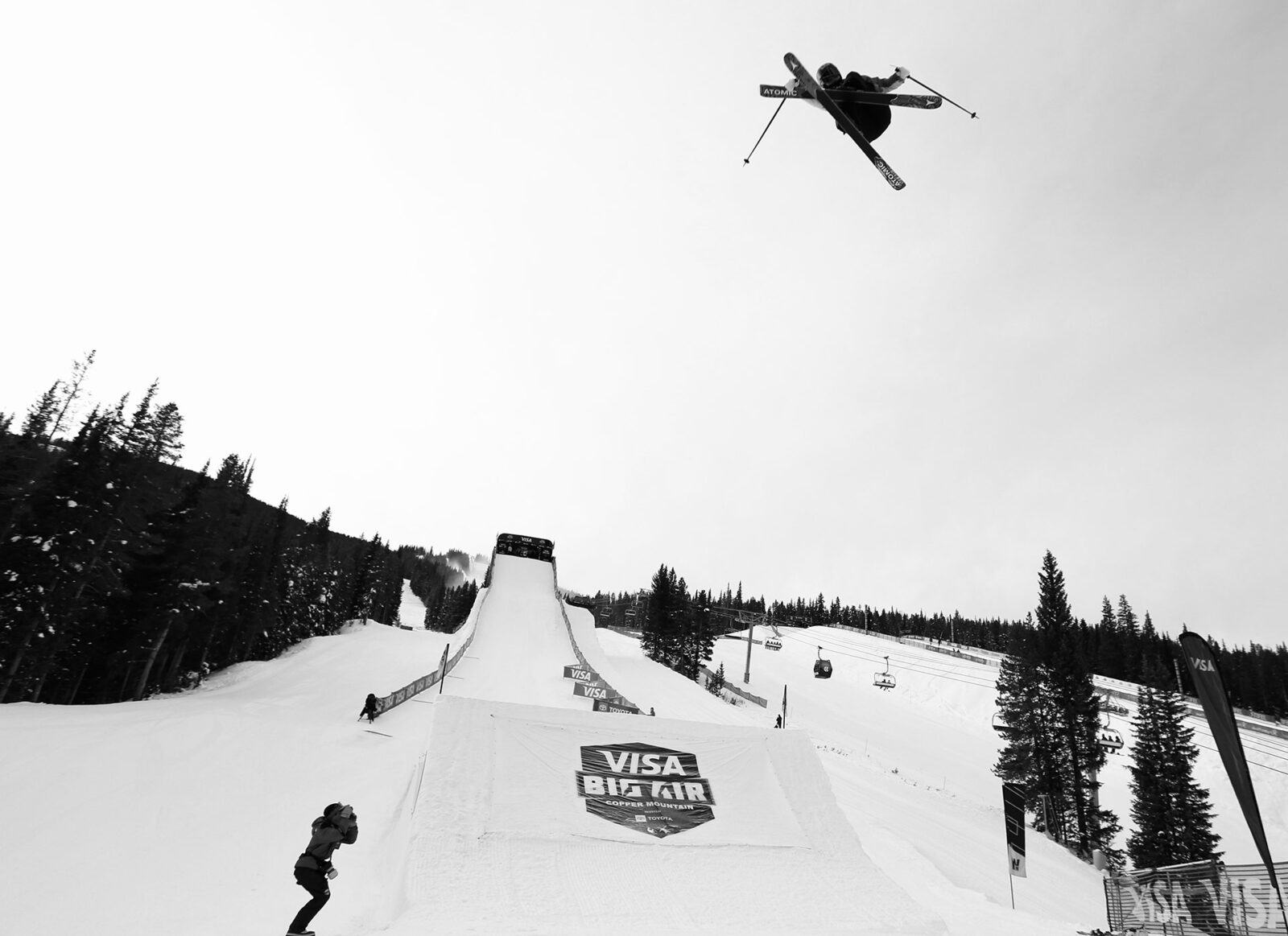
Big Air Chur livestream & schedule
Both the qualification and finals are scheduled for Friday, 18 October, with finals kicking off at 7:45pm CEST. If you’re in the area, you don’t want to miss the show! Big Air Chur tickets are available here.
If you’re not able to make it to Chur, here are your options for livestreams of the finals. (You can always use a VPN client to watch a stream that’s only available in certain locations!)
- SRF 2 (SUI) – live streaming
- CBC Sports (CAN) – live streaming and delayed
- CT Sport (CZE) – delayed
- ESPN (Latin America) – live streaming
- Eurosport Asia & Europe – live and streaming
- JOJ (SLO) – TBC
- ORF SPORT+ (AUT) – highlights
- Polsat Sport Fight (POL) – live
- Rai Sport (ITA) – delayed
- Ski and Snowboard Live (USA) – live streaming
- V Sport 3 (NOR) – live
- Viaplay (GBR) – live streaming
- Viaplay Vinter (DEN, FIN, SWE) – live streaming
- Yle Areena (FIN) – live